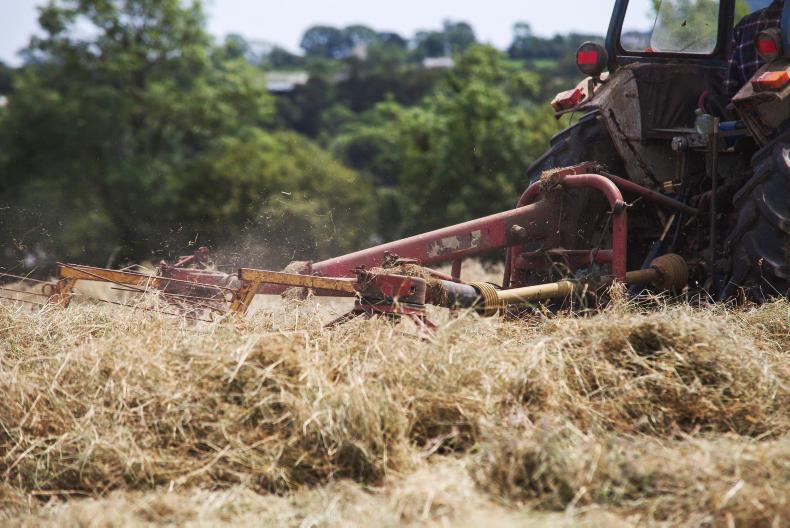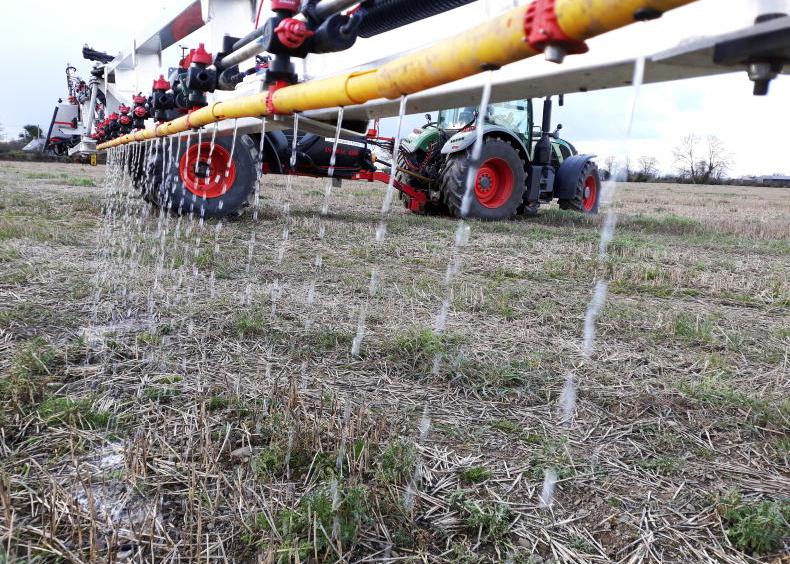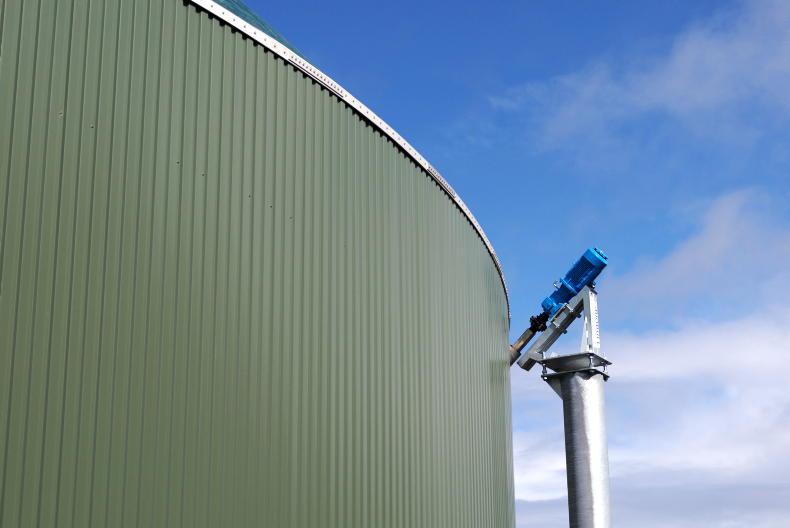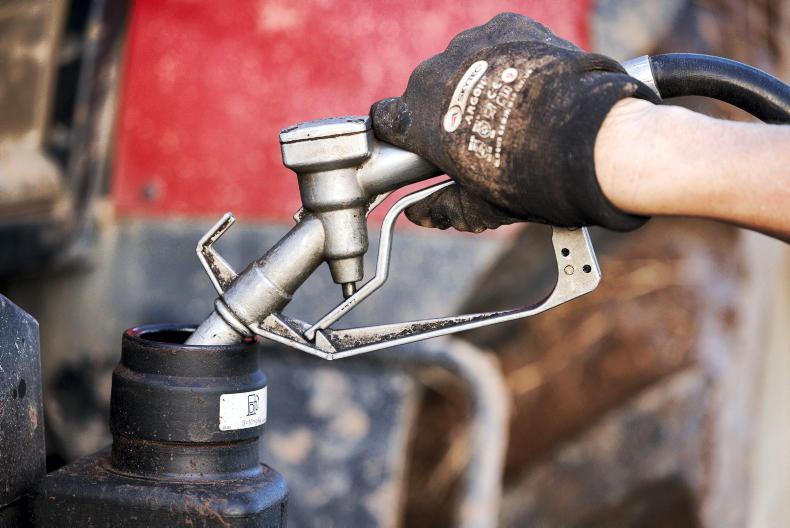Land abandonment, slurry spreading and fertilisers are the main drivers of a deterioration of in Ireland’s hay meadows, a report by the National Parks and Wildlife Service has found.
Its report, The Status of EU-Protected Habitats and Species in Ireland, describes the overall status of lowland hay meadows, often managed as traditional hay meadows, as bad.
Land abandonment and lack of mowing was also recorded as a reason for the decline
The NPWS said this is due to “area losses associated with agricultural intensification (fertiliser application), changes in agricultural practices and because of significant historical losses in the habitat since the Habitats Directive came into force”.
Land abandonment and lack of mowing was also recorded as a reason for the decline.
Further research on the impacts of climate change on these hay meadows is required, according to the NPWS
The NPWS has said the trend is deteriorating. In 2013, it judged hay meadows to be stable, however the decline is considered to have been ongoing since before the last assessment.
Further research on the impacts of climate change on these hay meadows is required, according to the NPWS.
Some 157ha of lowland hay meadows are mapped in Ireland, with the Shannon Callows accounting for 27% of that area.
The NPWS reports that in order to conserve these meadows, extensive agricultural practices must continue.
Molinia meadows, where fen and grassland grow on nutrient-poor soils, are also under threat due to the ongoing loss of habitat as a result of land drainage, fertiliser, undergrazing and forestry. Some 586ha are mapped in Ireland.
Species-rich grassland
Species-rich nardus grassland, restricted to upland areas and mountains, relies on extensive grazing, usually by sheep, to maintain it.
The report said the overall status of these grasslands is bad due to bracken (fern) encroachment.
Read more
Minister Madigan ‘deeply concerned’ about biodiversity loss
Climate change threatens Irish bogs
Land abandonment, slurry spreading and fertilisers are the main drivers of a deterioration of in Ireland’s hay meadows, a report by the National Parks and Wildlife Service has found.
Its report, The Status of EU-Protected Habitats and Species in Ireland, describes the overall status of lowland hay meadows, often managed as traditional hay meadows, as bad.
Land abandonment and lack of mowing was also recorded as a reason for the decline
The NPWS said this is due to “area losses associated with agricultural intensification (fertiliser application), changes in agricultural practices and because of significant historical losses in the habitat since the Habitats Directive came into force”.
Land abandonment and lack of mowing was also recorded as a reason for the decline.
Further research on the impacts of climate change on these hay meadows is required, according to the NPWS
The NPWS has said the trend is deteriorating. In 2013, it judged hay meadows to be stable, however the decline is considered to have been ongoing since before the last assessment.
Further research on the impacts of climate change on these hay meadows is required, according to the NPWS.
Some 157ha of lowland hay meadows are mapped in Ireland, with the Shannon Callows accounting for 27% of that area.
The NPWS reports that in order to conserve these meadows, extensive agricultural practices must continue.
Molinia meadows, where fen and grassland grow on nutrient-poor soils, are also under threat due to the ongoing loss of habitat as a result of land drainage, fertiliser, undergrazing and forestry. Some 586ha are mapped in Ireland.
Species-rich grassland
Species-rich nardus grassland, restricted to upland areas and mountains, relies on extensive grazing, usually by sheep, to maintain it.
The report said the overall status of these grasslands is bad due to bracken (fern) encroachment.
Read more
Minister Madigan ‘deeply concerned’ about biodiversity loss
Climate change threatens Irish bogs









SHARING OPTIONS